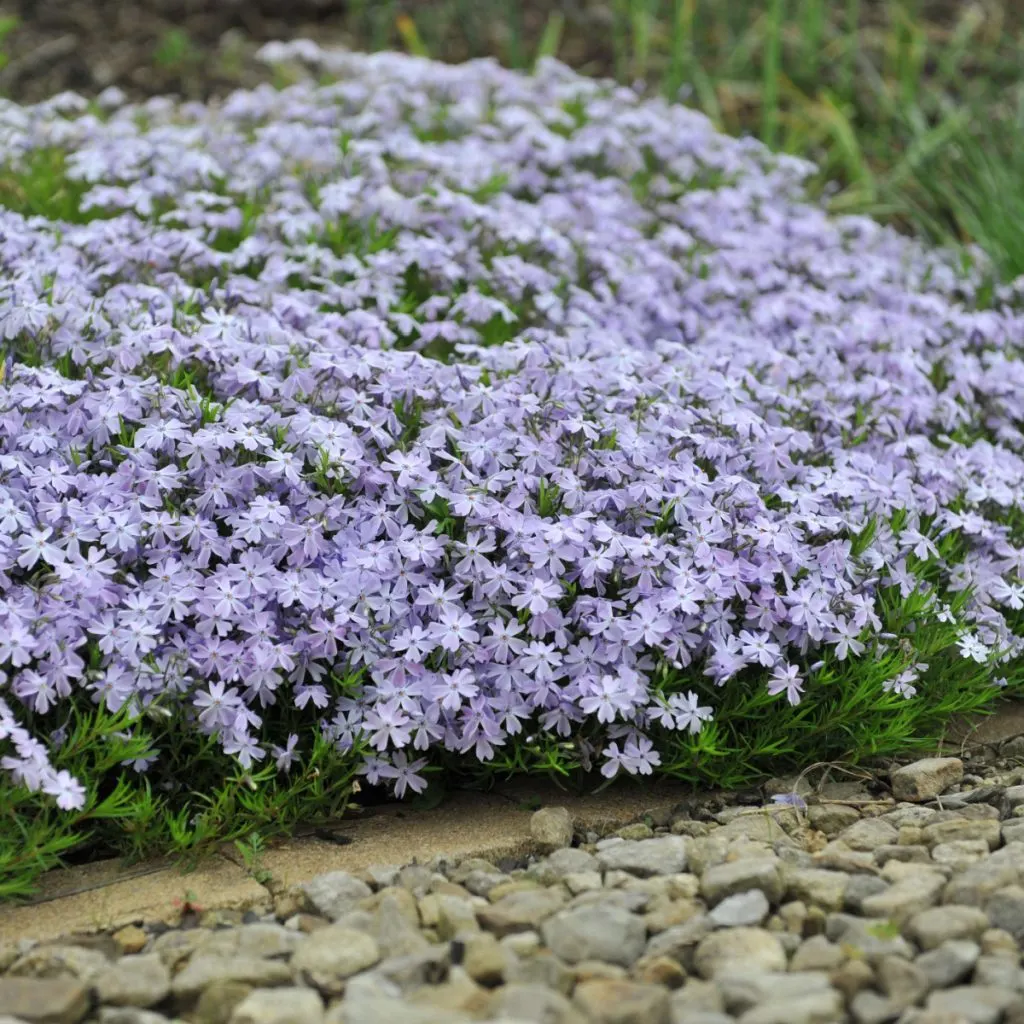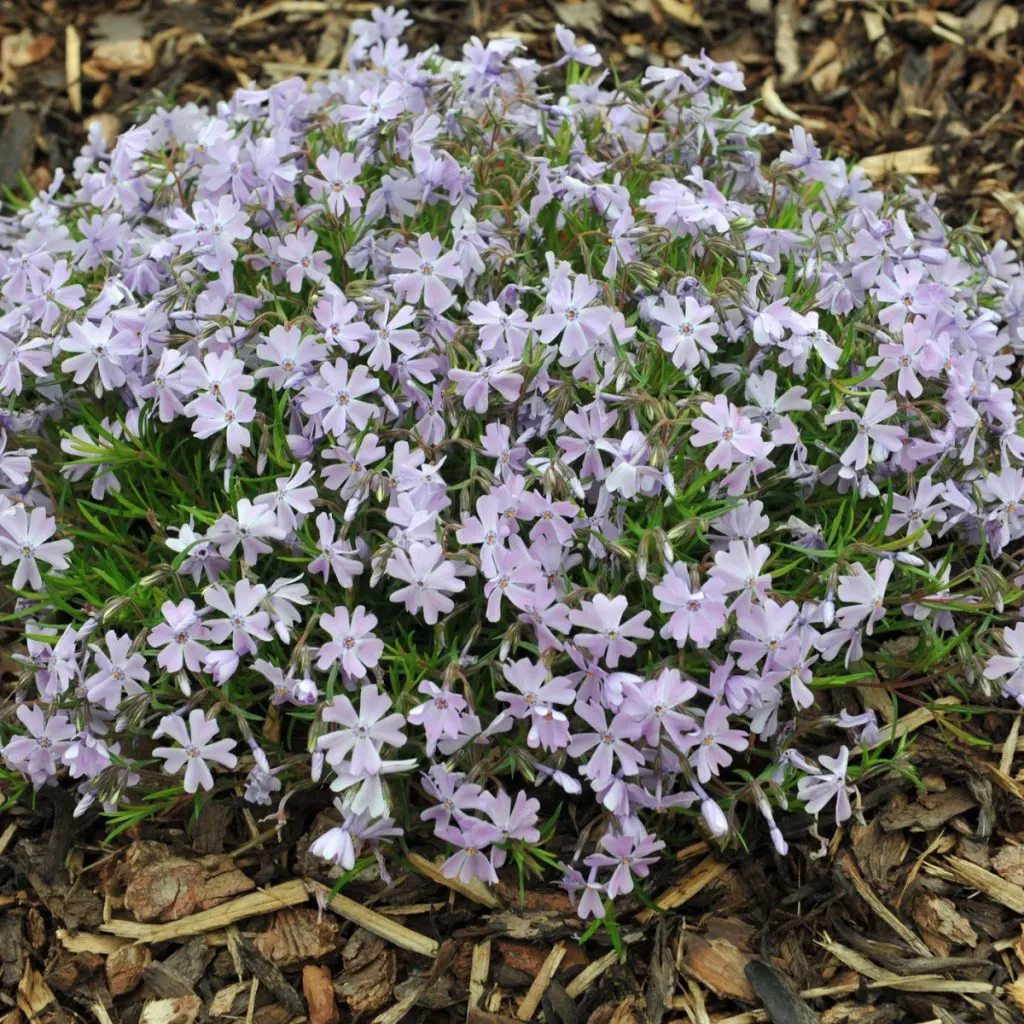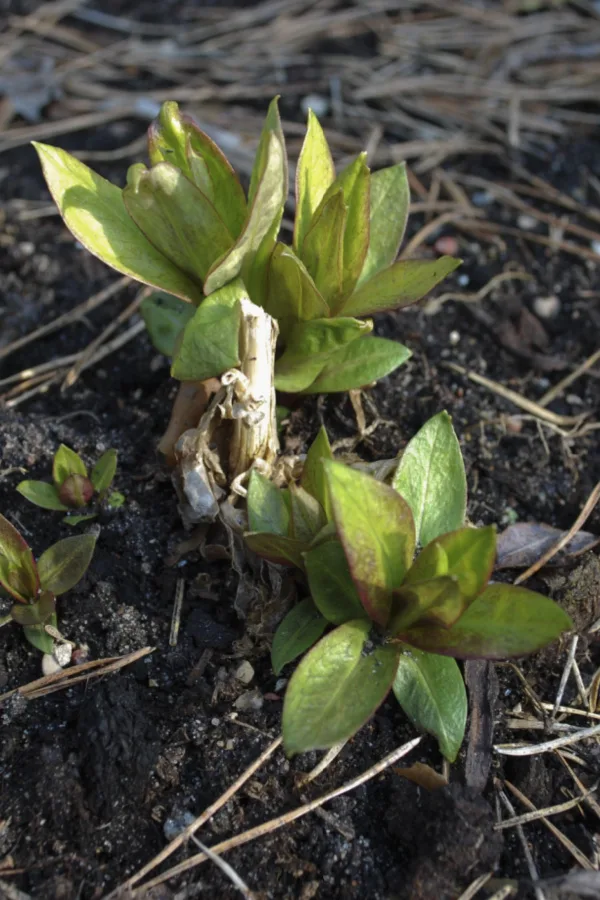Did you know that what you do with your creeping phlox after it blooms can play a major role in how healthy and strong the plant stays for the rest of summer – and even more – how well it blooms next year?
It’s true! By giving your phlox just a little attention as they finish their big spring flowering show, you can not only help the plants recover, but also help them to begin to store energy for blooming again. And in some cases – that can even mean a second bloom this year!
One thing is for sure, creeping phlox are extremely popular in home landscapes. As one of the first perennial plants to provide a burst of spring color in the landscape, it’s a sight to see its mossy, fern-like foliage quickly become covered in waves of blooms in early spring.

But the perennial is special for a whole slew of reasons beyond its spectacular blooms that can flower in pink, red, white or purple. Not only is it easy to maintain and grow, it can also handle most soil types. That can include rocky, hilly and even uneven planting areas. Even better, it is highly drought tolerant as well.
Although there are are a few different varieties that can grow in different climates, Moss phlox is the most common by far. Not only does it’s low mounding nature provide incredible interest, it’s also hardy in warmer climates and can grow in zones three through nine.
Post Bloom Care – What To Do With Creeping Phlox After It Blooms
No matter where you grow it, as tough and resilient as phlox can be, the care it receives after it finishes blooming is extremely important in how the perennial performs in the future.
Much like other spring flowering perennials, phlox expends a lot of energy while blooming. And by simply helping it recover with a few simple tasks, you can set the stage for the perennial to maintain healthy foliage for the remainder of the summer and fall.
That foliage growth is important, because it helps the plant not only prepare for winter – but for even better blooms next year – and if your lucky – maybe even a second blooming cycle this year too!

What To Do With Creeping Phlox After It Blooms
One of the most important things you can do for your phlox as they they finish blooming is to deadhead and prune them back. For phlox, this can actually be done all at the same time.
As blooms begin to fade away in late spring, it’s important to remove them from the plant. Not only does this help to keep the plant from becoming unsightly, it also helps to improve its health and vigor.
Much as with any perennial or annual flower, spent blooms continue to consume resources from the plant as long as they remain attached. Unfortunately, plants will continue to attempt to feed, heal and energize any part of it that is failing, and that includes fading blooms.
How To Deadhead & Prune – What To Do With Creeping Phlox After They Bloom
Although it would be nearly impossible to remove each individual bloom as it fades from a creeping phlox plant, it is important as the entire plant begins to fade at the end of spring to shear off all of the blooms.
Late spring deadheading can also coincide with pruning and shaping your plant. In fact, the two processes really go hand in hand. Although you could certainly use hand held pruners to clip flowers and stems off individually, a good pair of hedge shears will do the chore in short order. Even better, a string trimmer can make really quick work of the chore!
Listen In Below To This Week’s Podcast!

Using the hedge shears or string trimmer, cut back the plant to shape it for summer growth. To do this, cut the mound back a few inches down.
This mass removal of the blooms accomplish a couple of very important things for creeping phlox. First, it allows the plant to now put its energy into growing thick, vibrant summer foliage. Good strong foliage growth means that phlox can begin to store more energy through the process of photosynthesis.
As mentioned earlier in the article, that energy is extremely important for the plant’s root growth and overall health. And the stronger and more robust the roots are, the more energy the plant can store for blooming again.
How & When To Fertilize Creeping Phlox – What To Do With Creeping Phlox After They Bloom
The simple act of shearing back phlox’s blooms as soon as they start to fade can save so much energy that the plant often will produce a second flowering in the same season. But that can be especially true when phlox is fertilized right after they bloom.
There are actually two optimum times to fertilize creeping phlox. In the very early spring just as they begin to bud, and right after they finish blooming.
Fertilizing prior to blooming helps to power stronger and more proficient early spring blooming. Fertilizing after the plant completes its bloom cycle then helps to replenish lost nutrients and promote strong summer growth. And, in some cases, a second bloom.
There are several great options for fertilizer when it comes to creeping phlox. The easiest is to simply apply a light application of a well balanced, all-purpose fertilizer. This can be used both for the early spring and post bloom application. Affiliate Product Link: Jobe’s Organics Granular All Purpose Fertilizer
You can also feed your phlox with by mulching them with a light coating of compost and then applying a dose of liquid compost tea to the plants.
A few inches of compost applied around the plant’s base will provide a wonderful, slow-release of nutrients. Meanwhile, the liquid compost tea will give it a quick dose to help recover from blooming. See our article: How To Make Homemade Compost Tea – Power Your Plants Naturally!
Mid Summer / Late Fall Phlox Care – What To Do With Creeping Phlox After They Bloom
Whether your phlox bloom for a second time in late summer or not, the plants should be cut back in mid to late fall before the cold of winter settles in.

This will not only help keep the plants compact and manageable next spring, but also improve flowering on the new growth as well. Even more, by cutting them back in late fall, it also protects them from powdery mildew.
Dividing & Fertilizing Phlox
Once cut back, fall is the perfect time to divide and transplant overgrown clumps. Phlox should be divided every three to four years to keep plants energized.
To divide, simply dig up the plant, trying to keep the root ball in tact as much as possible. Once out of the ground, you can turn the plant over and slice new divisions. By turning the plant over, it is easier to take your shovel through the root ball. This will help to create even sizes of new starts.
For large plants, do not replant the center area, as these areas are the first to die out. When dividing, try to dig plants up in early fall. This way, they still have four to six weeks of warmer weather (before heavy frosts) to re-establish in the soil.
As a final note , phlox should not be fertilized in late fall. Providing power just before it is going dormant can promote tender young growth. Growth that can be highly susceptible to winter damage.
This Is My Garden
Follow Our Facebook Page For Great Gardening Tips And Advice! This Is My Garden Facebook Page
This Is My Garden is a garden website created by gardeners, for gardeners. Jim and Mary Competti have been writing gardening, DIY and recipe articles and books and speaking for over 15 years from their 46 acre Ohio farm. They publish three articles every week, 52 weeks a year. Sign up today to follow via email, or follow along!

